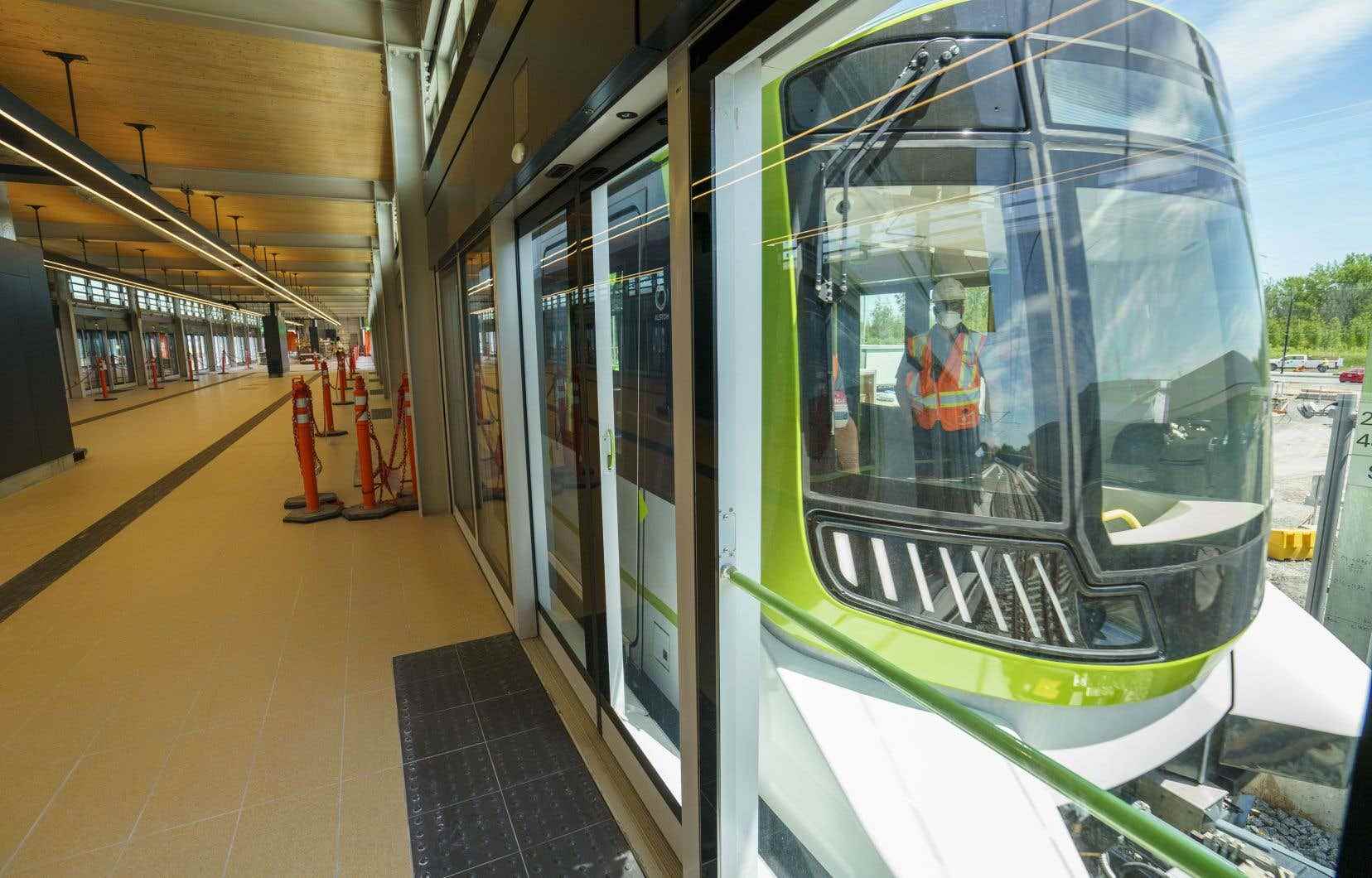The Réseau de transport de Longueuil (RTL) is carrying out a major overhaul of its service offer in anticipation of the entry into service of the first branch of the Réseau express métropolitain (REM) in the coming months, but also to take into account new travel habits of residents of the agglomeration it serves, which have changed since the start of the pandemic.
In October, we learned that the commissioning of the REM in the direction of the South Shore of Montreal, which was to take place in December, would finally take place only in the spring because of the tests which are still in progress. A delay that the director general of the RTL, Michel Veilleux, wanted to put into perspective on Tuesday. “We are not in such a hurry, we have been waiting for thirty years [un réseau de transport structurant]. We will make sure to make it a success,” he declared during a conference held in the morning in Saint-Lambert at the initiative of the Chamber of Commerce and Industry of the South Shore.
The arrival of the Caisse de depot et placement du Québec’s light rail will replace 29 bus lines that run daily on the Champlain Bridge to connect the South Shore to downtown Montreal. These will be replaced by bus services to the three REM stations on the South Shore, namely Panama, Du Quartier and Brossard.
“We needed a more efficient mode of transportation, we got it,” said Mr. Veilleux, who noted that the bus lines that cross the Champlain Bridge — which are very popular — have reached the limits of their ability to meet the needs of users.
According to RTL forecasts, 1,700 daily bus trips will take place to and from the three REM stations when it is in operation. However, the transport company wants to go further by revising 25 of its bus lines, in particular to facilitate travel within the agglomeration. During his lecture, Mr. Veilleux indicated that more and more residents are moving to the South Shore – and not to Montreal. Residents are also moving more and more outside of peak hours. The RTL must therefore adapt to this new reality.
The transport company also aims to have a network fully accessible to people with reduced mobility by 2026.
Taxi on demand
The RTL also intends to improve a pilot project launched in recent years for on-demand taxis. Currently underway in Saint-Bruno, this allows area residents to use a mobile application to take a taxi for the same cost as public transit to get around within the municipality. In the coming years, the transport company wishes to extend this initiative to Boucherville, Brossard and the borough of Saint-Hubert, in Longueuil, indicated Mr. Veilleux.
More details will follow.
